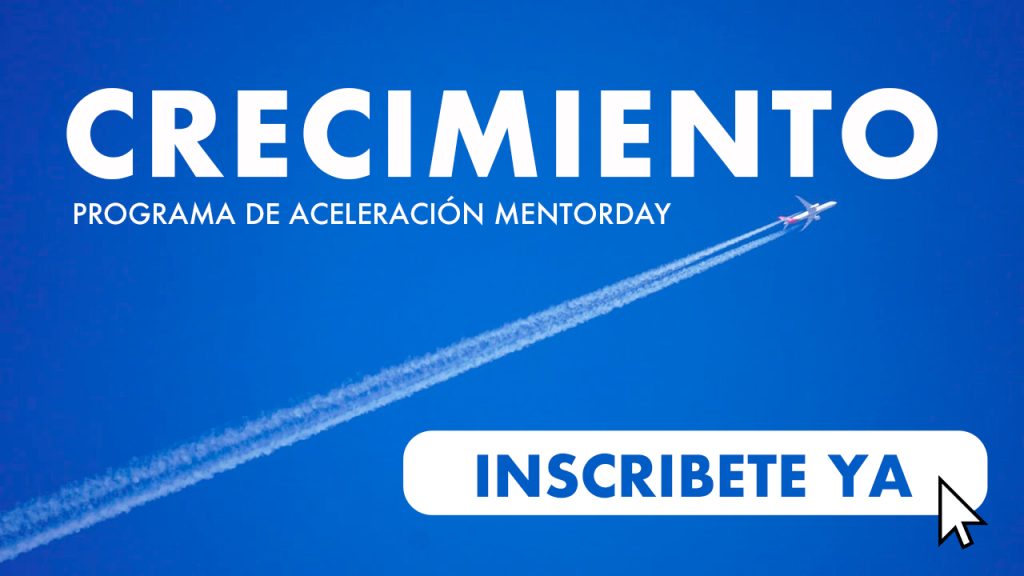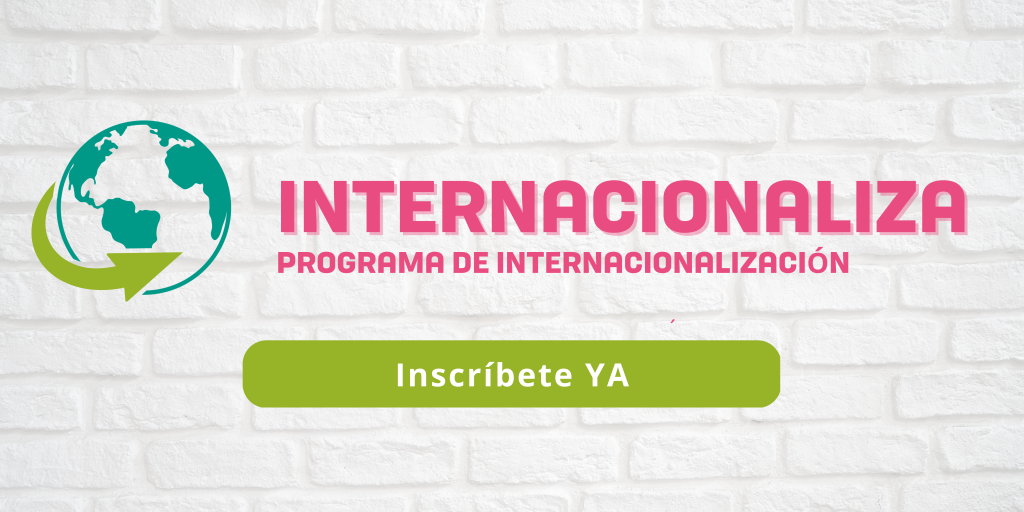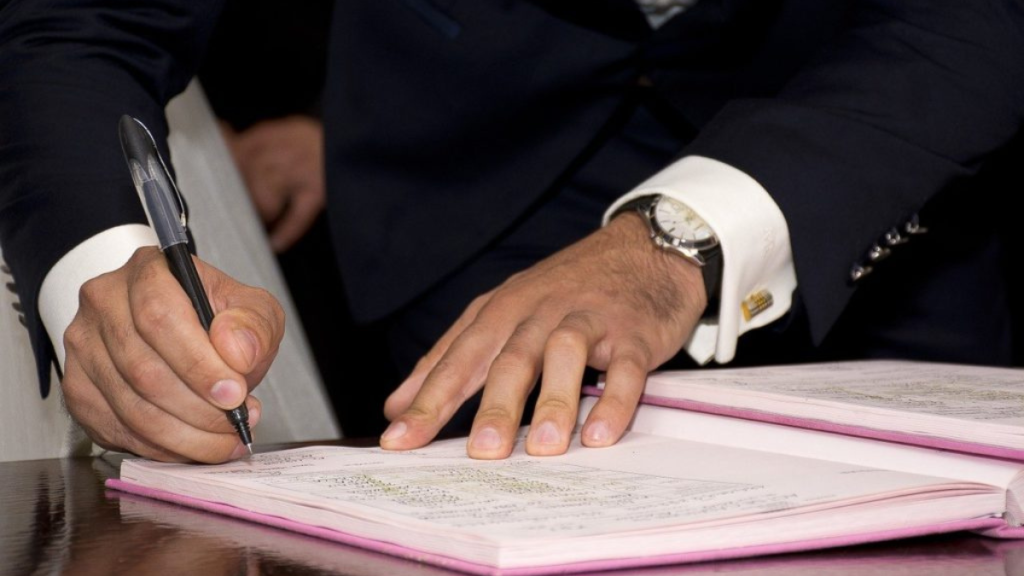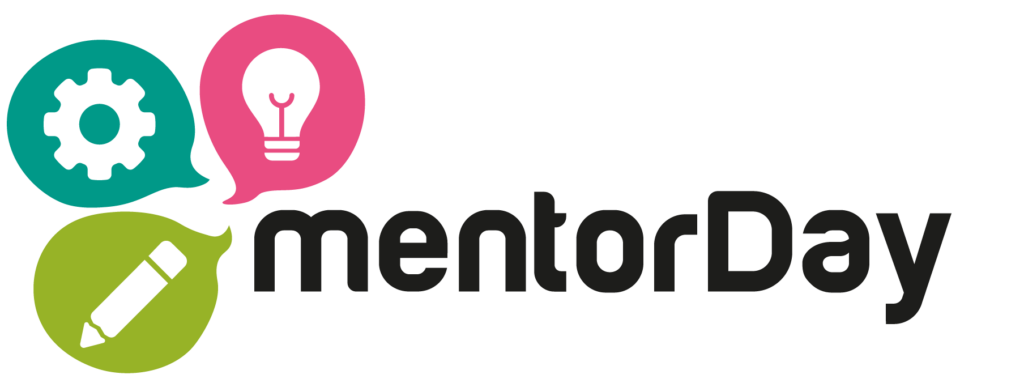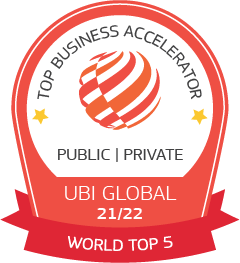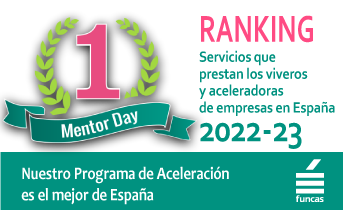FREE TRADE AGREEMENT
Accelerate your business with these expert tips on "Free Trade Agreement". Analyse and discover this TIP!
The Free Trade Agreement is a trade agreement between two or more countries that seeks the elimination of trade barriers, the creation of an environment of fair competition, the protection of intellectual property and the promotion of investment. These agreements are usually based on the rules of the World Trade Organisation and on rules reached by the parties involved. In addition, some treaties have added territorial or political integration, as in the case of the European Union or MERCOSUR.
Spain is part of the free trade agreements as a member of the European Union, and in recent years has signed agreements with Colombia, Peru, South Korea (provisional), Montenegro and Serbia. In the past, Spain has signed treaties with other countries such as Chile, Mexico, Turkey, Israel and Morocco, among others.
The purpose of these treaties is to encourage trade and investment between countries and to increase opportunities for economic growth and sustainability. These agreements are often beneficial for entrepreneurs, allowing them to expand their business in the international market and compete in a fairer environment.
Here are some practical examples of free trade agreements
- North American Free Trade Agreement (NAFTA): This agreement was signed in 1994 between the United States, Canada and Mexico. It eliminated tariffs on most traded goods between the three countries, leading to a significant increase in trade in agricultural products, manufactured goods and services.
- Free Trade Agreement between the European Union and Japan: This agreement entered into force in 2019 and eliminated tariffs on trade in goods between the EU and Japan. It also facilitated access for European companies to public procurement contracts in Japan and improved the protection of geographical indications.
- Free Trade Agreement between the European Union and South Korea: This agreement was signed in 2010 and phased out tariffs on trade in goods between the EU and South Korea. It also reduced non-tariff barriers and improved investment and intellectual property protection.
- Australia-Singapore Free Trade Agreement: This agreement entered into force in 2003 and eliminated tariffs on trade in goods between Australia and Singapore. It also facilitated bilateral investment and enhanced cooperation in areas such as science, technology and the environment.
- Free Trade Agreement between Chile and China: This agreement was signed in 2005 and gradually eliminated tariffs on trade in goods between Chile and China. It also improved cooperation in areas such as investment, tourism, culture and education.
These are just a few examples of how Free Trade Agreements can benefit countries and entrepreneurs looking to expand their business internationally.
How can Artificial Intelligence (AI) help to leverage free trade agreements?
As an artificial intelligence language model, ChatGPT can provide information and advice to entrepreneurs on how to take advantage of free trade agreements.
For example, it can provide detailed information on the free trade agreements in force between different countries, explain the benefits that entrepreneurs can gain from participating in these agreements and offer practical advice on how to make the most of the trade opportunities they offer.
In addition, ChatGPT can help entrepreneurs understand the specific requirements and regulations that apply to the import and export of goods and services in different countries, and provide information on the procedures and processes needed to comply with these regulations. In this way, entrepreneurs can be better prepared to participate in international trade and take advantage of the benefits of free trade agreements.
A Free Trade Agreement consists of a trade agreement between two or more countries with the aim of expanding the market for goods between the nations participating in the agreement. Basically, they usually consist of agreements related to the exchange of services, and the lowering or total elimination of tariffs on trade in goods between the nations involved in the treaty.
These Treaties are normally governed by the rules of the World Trade Organisation or by rules mutually agreed by the parties involved.
Some Free Trade Agreements have also added integration of a territorial or political nature. As in the case of the European Union or MERCOSUR. Currently, between bilateral agreements or agreements involving more than two nations, there are more than 200 Free Trade Agreements in force in the world.
Objectives of a Free Trade Agreement
THE MAIN OBJECTIVES THAT A FREE TRADE AGREEMENT PURSUES ARE:
- Removing barriers preventing trade between the nations that sign the Treaty.
- Creating the conditions to ensure fair trade competition in the environment covered by the Treaty.
- Increasing opportunities investment generated in the signatory nations.
- Protecting property intellectual property rights generated in the countries that sign the Treaty.
- Stimulate production and healthy competition in the domestic environments of the countries acceding to the Treaty.
- Providing a solution to possible disputes arising at a later stage in the implementation of the Treaty between the nations involved.
Spain in free trade agreements
Spain is a party to the Free Trade Agreements as a member of the European Union. In the last two years, such agreements have been signed with Colombia, Peru, South Korea (provisional), Montenegro and Serbia.
Previous agreements were signed in 2009 and 2008 respectively with Albania and Bosnia, preceded by those signed in 2005 with Algeria and Croatia, in 2004 with Egypt and the Republic of Macedonia, in 2003 with Chile and Lebanon, and in 2002 with Jordan.
In 2000, such agreements were concluded with the following countries: Morocco, South Africa, Israel and Mexico. During the 1990s, FTAs were signed with Andorra (1991), San Marino (1992), Turkey (1995), Palestine and the Faroe Islands (1997) and Tunisia (1998).
Finally, we cannot overlook the first Free Trade Agreements that the European Union signed, all of them in 1973 and with countries of the European Economic Area: Iceland, Switzerland, Norway and Liechtenstein.
APPLY THIS TIP TO YOUR PROJECT
TASK
CASE STUDY OF A PROGRAMME STUDENT WHO WANTS TO INTERNATIONALISE HIS COMPANY BY TAKING ADVANTAGE OF FREE TRADE AGREEMENTS AND THE USE OF CHATGPT
Juan is an entrepreneur who has set up an organic food production company in Spain and wants to expand his business to other European and Latin American countries. He has heard about Free Trade Agreements and knows that they can be of great help for his internationalisation goal.
Juan decides to attend the entrepreneurship accelerator programme, where he is assigned a mentor who helps him to better understand free trade agreements and how they can benefit his business. In addition, the mentor suggests that he uses ChatGPT to learn more about free trade agreements and the specific requirements for exporting to each country.
Juan uses ChatGPT to search for information about the countries that are involved in Free Trade Agreements and the specific requirements for exporting to each of them. He discovers that his company meets the necessary requirements to export to many European and Latin American countries, and decides to take advantage of this opportunity to expand his business.
With the help of his mentor, Juan establishes contacts with companies in the target countries and starts exporting his products. Thanks to the Free Trade Agreements and the information provided by ChatGPT, Juan has been able to expand his business and increase his presence in the international market.
QUIZ
- 💻 PRACTICE with an expert in the next practical webinar.
- 🔎 CONSULT more related TIPs with this same theme.
- 📖 AMPLIA your knowledge by downloading this EBOOK.
THINK ABOUT YOU
- 🚀 IMPULSA your company in the next acceleration programme, ¡book your place now!
- 🥁 PRACTICE with your project in this practical webinar, ¡apply for your place!.
- 🌐 CONTACT with other entrepreneurs and companies, ¡register and take part in the next Networking!
THINK ABOUT HELPING OTHERS
- 🤝COLLABORATE as a volunteer: expert, mentor, inverter, awarding, Spreading the word, challenging, innovating, creating a TIP...
- 💬 RECOMMENDS this programme to reach out to more entrepreneurs by Google.
- 👉 SHARE your learning!
- 📲 SEND this TIP 👇



